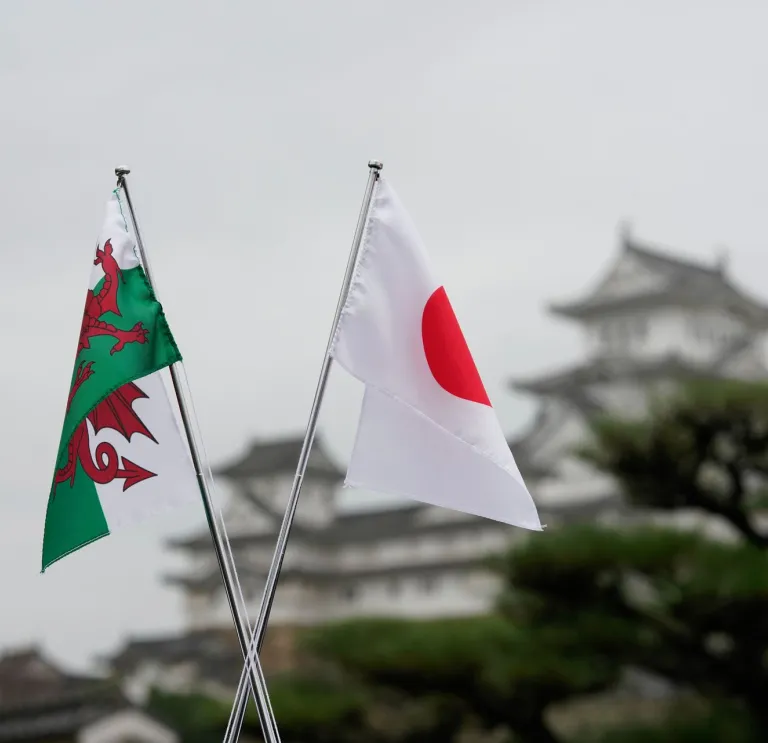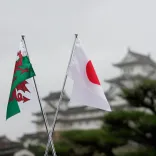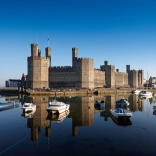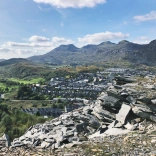The twinning of Conwy Castle in north Wales and Himeji Castle in Hyogo, Japan, was dubbed the “beginning of a beautiful friendship” by Himeji mayor, Hideyasu Kiyomoto.
The unique partnership between the two castles came shortly after the Rugby World Cup when Wales coach, Warren Gatland, took his team to Tokyo for the 2019 tournament. The move hoped to strengthen the ties not only between Conwy and Hyogo but also the wider relationship between Wales and Japan, by embracing a shared love of history, castle culture and community.
Castles in Wales have long proven popular with international visitors, including those from Japan, with Wales having over 600 castles - more castles per square mile than any other country in Europe - and with four of these boasting World Heritage Site status. In 2017, the Roads of Castles in Wonderland initiative was launched following consultations with the Japanese Association of Travel Agents (JATA) in a bid to increase the number of Japanese tourists visiting north Wales, an area typically bypassed by them.
Stretching from Newtown to Anglesey, the route passes several Welsh castles along the way and was developed in response to an 84% increase in visitors from Japan over the previous two years. The twinning of Himeji and Conwy castles aimed to build on this and further promote tourism in both areas.
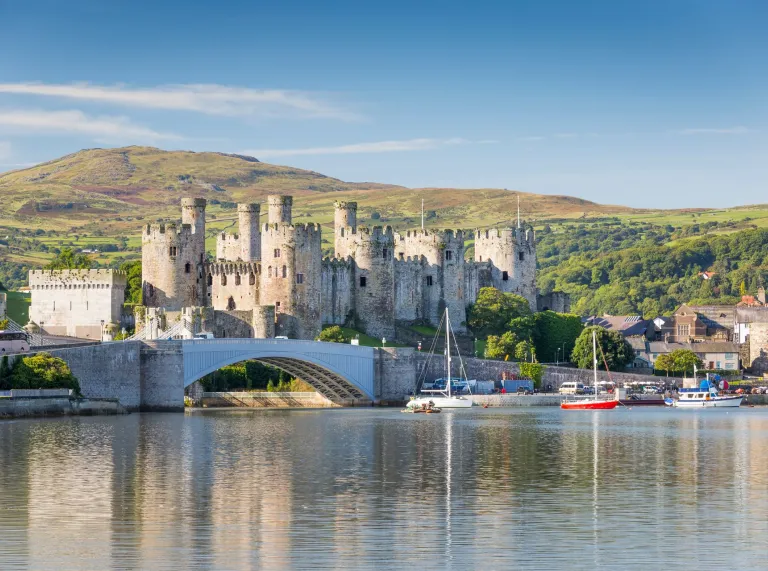
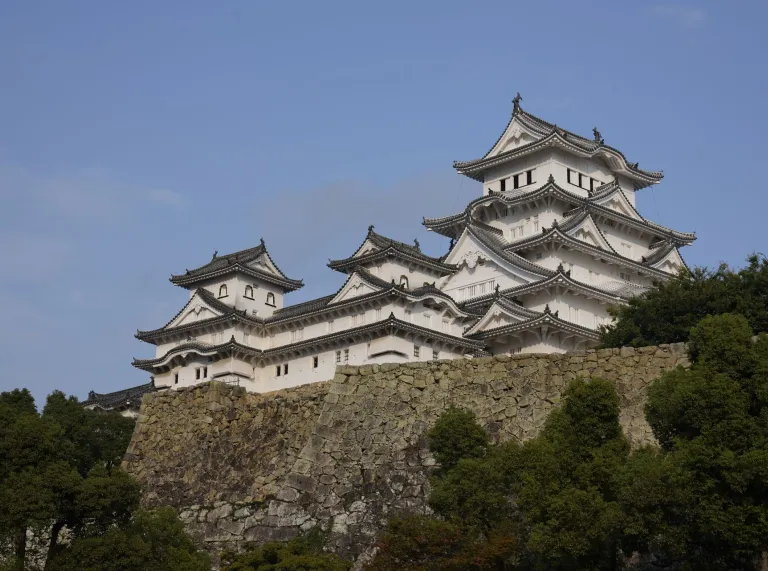
But why Conwy and Himeji? To most, the walled market town of Conwy likely seems worlds apart from the neon-lit streets of Himeji City, and their respective castles, though both impressive, look very different at first glance.
However, the castles have more in common than you might think. Despite over 6,000 miles of land and sea separating them, both landmarks have withstood the test of time and are some of the most well-preserved examples of traditional castles in the countries.
According to Jim Jones, managing director of North Wales Tourism, a key synergy between them was that the two castles were built around the same time, in the 13th and 14th centuries. Both castles are also known for showcasing the unique architectural styles of their home countries’ cultures.
The iconic stone walls and towers of Conwy Castle reflect those that can be seen in castles dotted throughout Wales, while the wooden structures and distinctive roofs of Himeji Castle make it instantly recognisable as a Japanese landmark.
Built in 1283, Conwy Castle is still towering over the narrow streets of Conwy over 700 years later, with a 1.3 kilometre-long wall locking in the rich history that shaped the town.
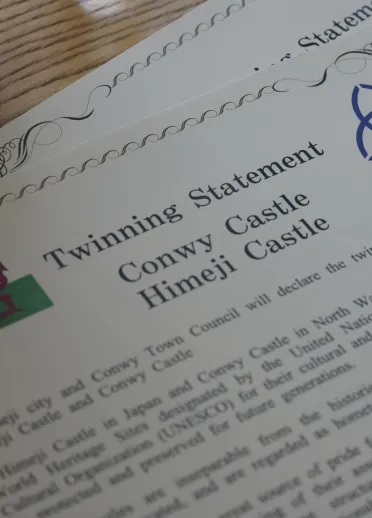
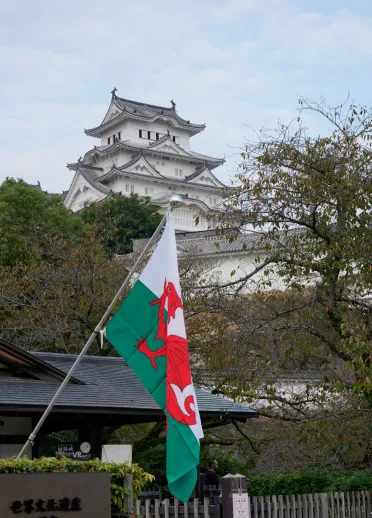
Some have described the medieval fortress, which is home to the most intact set of medieval royal apartments in Wales, as one of the best preserved in Europe. It’s one of the four Welsh castles that have been listed as UNESCO World Heritage Sites alongside Caernarfon, Harlech, and Beaumaris – all built by King Edward I of England.
Likewise, Himeji Castle, which resides on a Japanese hilltop, is regarded as the best surviving example of typical Japanese castle architecture. Work to build the castle began back in 1333, only 50 years after Conwy Castle. Today, it’s known by many as the White Heron Castle due to its strikingly bright white exterior and extraordinary elegance which resembles a heron, a bird known for its wisdom and deep spiritual alignment, taking flight.
Both castles have unsurprisingly become incredibly popular tourist destinations, largely due to their UNESCO status, attracting thousands of visitors every year. But beyond their visual appeal, castles in both Wales and Japan hold significant cultural and historical importance.
Castles in both nations were primarily built as defence structures and are today symbols of cultural identity and pride. In Wales, they represent the history of resistance against English rule, whereas in Japan, they are reflections of the feudal system and samurai culture. The battles, political changes, and significant historical events that have been witnessed by castles make them a vital component of national identity.
